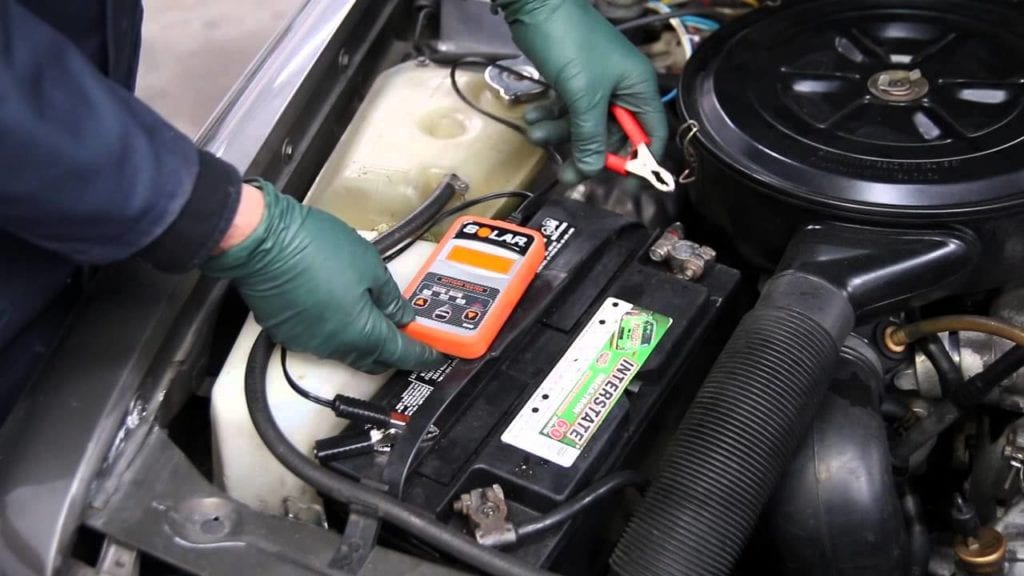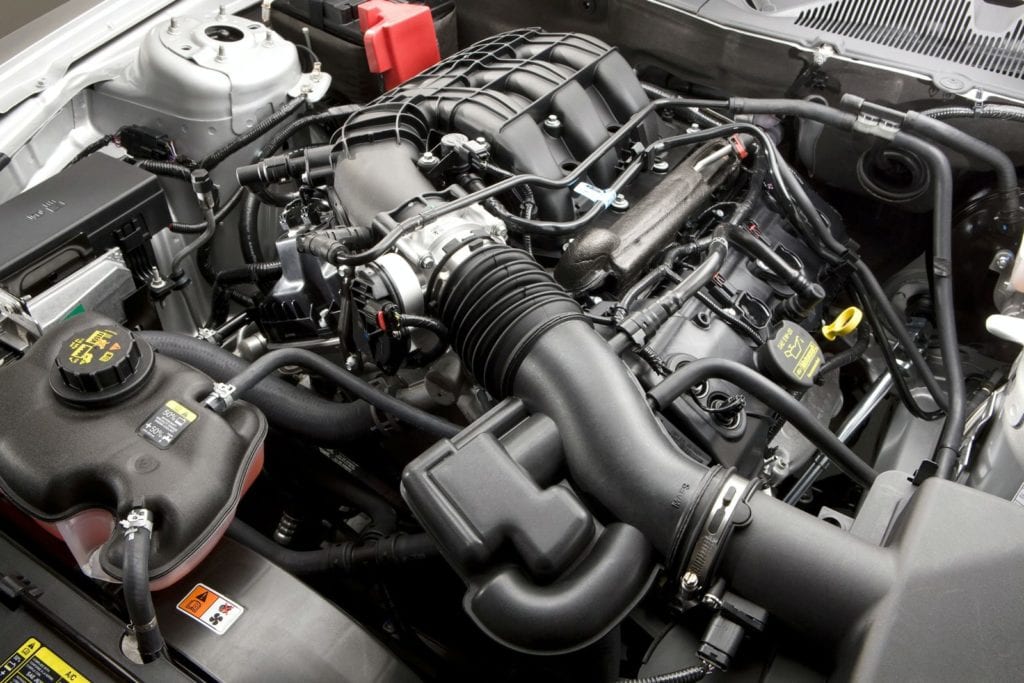Time to start looking for new car batteries in Albany, NY? Yeah, it happens to the best of us. But, sometimes the best of us might not even know how to identify a bad battery. If that’s the case, then this article is for you. Below are five signs that it’s time for a new battery, and some of them might surprise you. For example, did you know that the battery directly contributes to how the engine starts? Yup. If it cranks but doesn’t start, that could be because there isn’t enough juice in the battery. Or, if you turn the key and nothing happens — no interior lights or sounds — that means the battery could be completely dead. Or, a low-voltage battery could even cause your car to start fine one day, but not the next. On the electronic side of things, flickering or dim lights is a pretty good sign. Finally, if you read the voltage on the battery and it’s low, then it either needs to be charged or replaced.
While it could just be out of juice from having the lights left on, it’s often best to have it looked at by a professional if you notice that the battery is having issues. That way, you’ll know whether it’s safe to keep using it.
Engine Cranks, but Doesn’t Start
Now, before we get into this identifier, it’s important to understand there is a difference between an engine turning over and starting. When a vehicle starts, it means the engine is doing just that: starting. But before it can start, it needs to turn over or crank. Therefore, if the engine is cranking but not starting, this could indicate an issue with the battery.
Since the battery sends juice to the starter in order to start the engine, it’s very possible that it has just enough to crank it over, but not enough to actually start it. The battery is, after all, the power hub of your vehicle. Without it, the vehicle can’t even run. Not to mention, this is one of the most common culprits behind an engine not starting. People often mistake this for a huge issue, and don’t even realize it’s just because the battery is low on charge or needs to be replaced.
If you turn the key and nothing happens, that’s a different story.
When you Turn the Key… Nothing
If this is the issue, that means there isn’t even enough juice for the engine to attempt to crank or turn over. If you turn the key and there are no dash lights, clicking noises, cranking noises, and it appears to be a lifeless husk — the battery is the first thing you need to lock at. Also important to note – if your battery doesn’t have the juice to even work the dashboard lights, it’s probably a combined issue involving both the battery and the alternator.
Now, a way to differentiate between it being the battery or a mechanical problem with the engine is simple. If you turn the key and get some dash lights and your headlights illuminate, but the engine itself is quiet, it could be something completely unrelated to the battery.
Therefore, don’t immediately assume that it’s your engine messing up if you turn the key and get nothing. Because in order for the engine to mess up, that means the battery needs to have the juice to give the engine a chance to mess up. If nothing happens, it’s probably your battery.
Temperamental Starts — One Day it’s Fine, Next Day it’s Not
Sometimes if a battery is bad or low on juice, starting can become an intermittent problem. This indicates a more serious issue though, one that’s far more sinister than just low voltage. It could be one of two things: first, it could be the battery terminals are simple loose, broken, corroded or calcified. This is easy to remedy, simply clean the terminals and posts with a cleaner. If that still doesn’t work, make sure they are tight enough on the posts. You shouldn’t even be able to wiggle the terminals an inch. Check the cables going to the terminals, and also make sure they aren’t frayed.
It could also be a parasitic draw. That means your power is being drained from the battery by some electronic feature that’s actually on when it’s supposed to be off. This could be because of an open circuit somewhere, and a parasitic draw is a little trick to identify. One way to do so is by paying attention to how your car drives. If it starts right up and you can drive it for several days in a row with no issue, but let it sit for a day and it fails to start, that’s a good indicator of a parasitic draw.
Keep in mind though, it’s entirely possible the issue isn’t your battery. It could just as easily be that the starter is starting to go if your car is experiencing temperamental starts.
Flickering or Weak Headlights and Dashboard Lights
Perhaps the most obvious indicator are any lights you have on your car. Your headlights might be dimmer than usual or they could be flickering. While this is only noticed at night, it’s almost a guaranteed sign that your battery is low on juice.
Pay attention to the lights inside the cabin as well. Maybe the overhead interior lights are weak, or the dashboard lights are flickering or dim. What about the backlight for all your gauges? If that isn’t shining as bright as usual, that’s a good sign, too.
It’s unfortunate this can only be noticed in a dark area because it’s an obvious sign there is something up with your battery.
Low Voltage
Finally, if you notice one of these other four signs, test the voltage. You can do it at home if you have a volt tester, and it’s real easy to use. A typical car battery contains around 12 volts, some truck batteries run slightly higher. Therefore, if your car or truck battery is at four or five volts, then you know it’s low on juice, or the energy is draining from it.
Testing the voltage is a good way to double check or confirm any suspicions you might have, regarding the condition of your vehicle’s battery.






